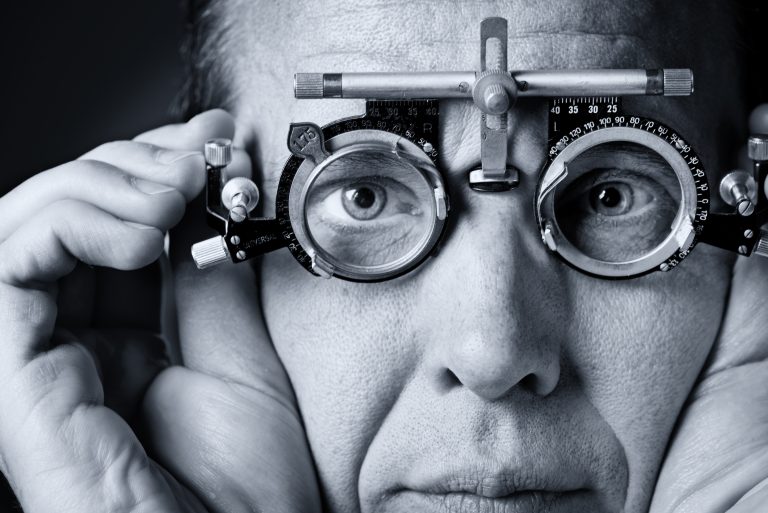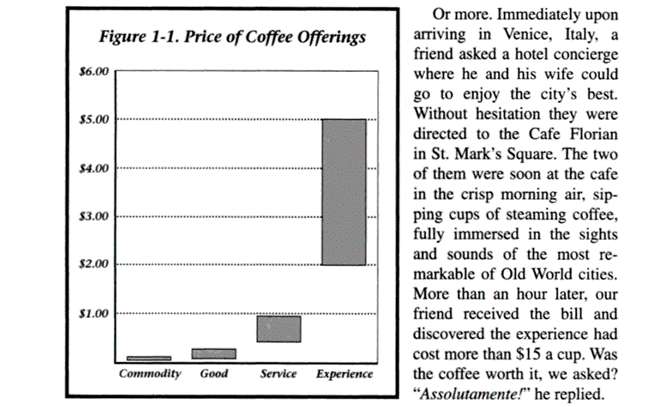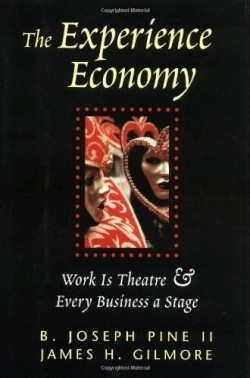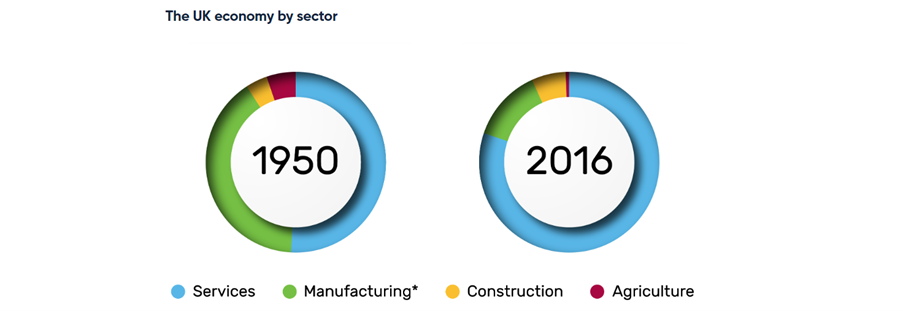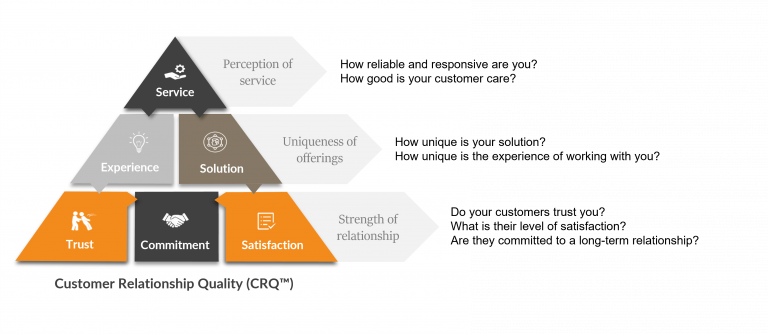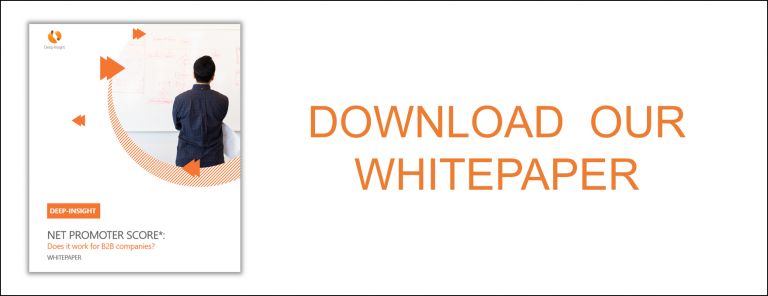B2B Customer Experience
A lot of words have been penned on the topic of customer experience (CX) in recent years. But here’s the thing. Most of what’s written relates to CONSUMER experience.
There really is very little out there about CX purely written from a business-to-business (B2B) perspective. That’s really surprising when you consider that B2B commerce is significantly larger than its business-to-consumer (B2C) counterpart.
So let’s try to redress that with this blog. Let’s explore how CX is, and should be, measured in B2B companies.
The answer to the first question is easy. Most large B2B companies use Net Promoter Score these days. The second question – how should CX be measured – is harder to answer. There are other measurement systems out there so is NPS really the best metric? Does it even work in a B2B context?
